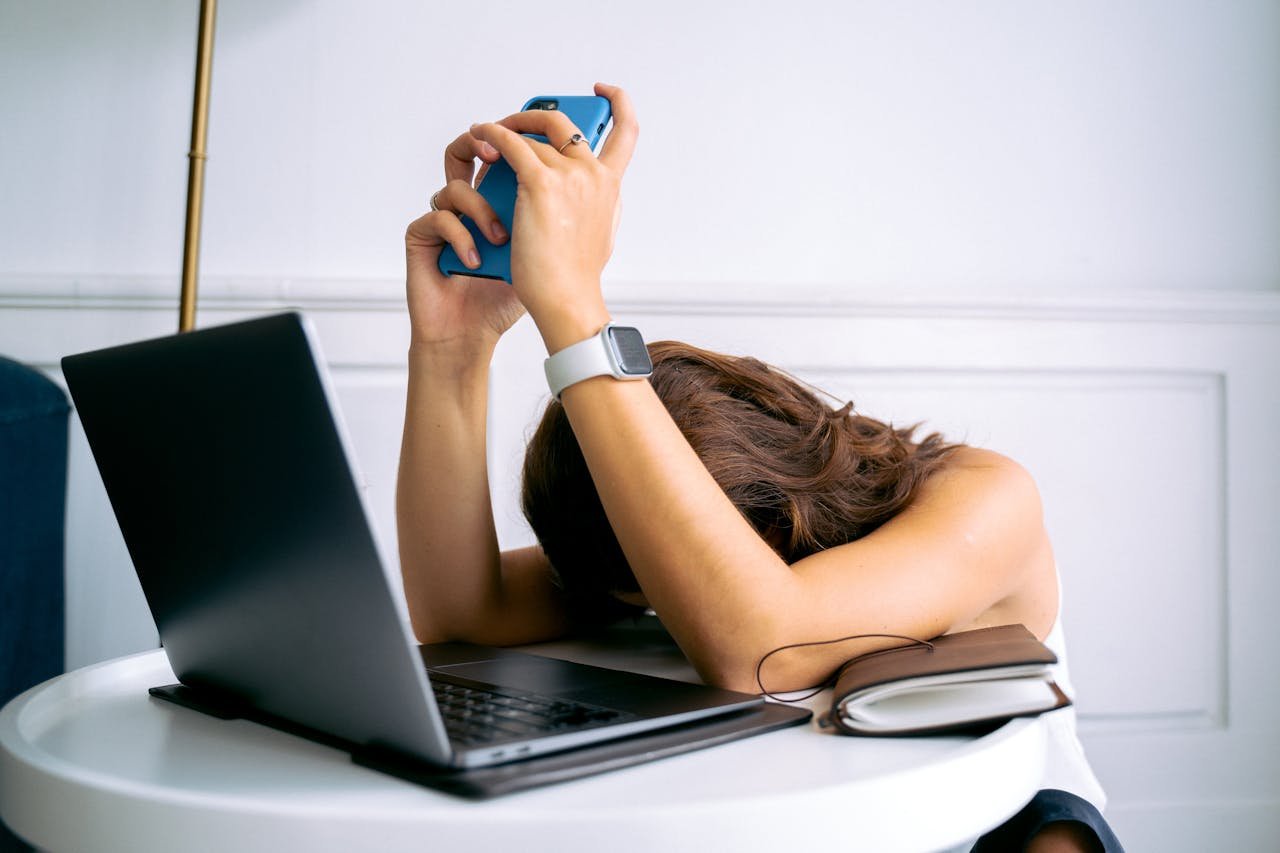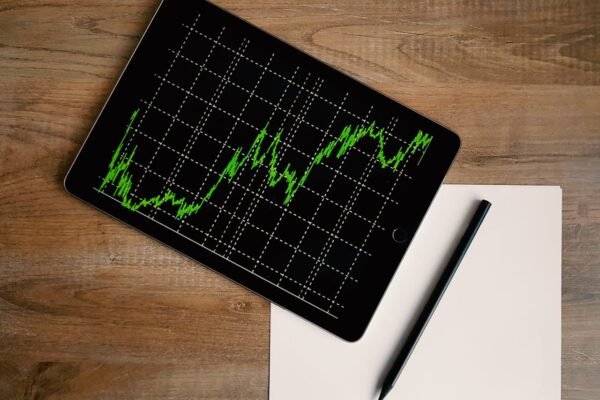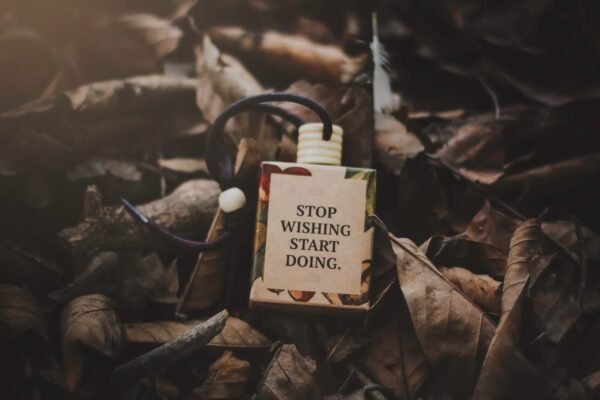Digital Life Doesn’t Mean Digital Overload
In 2025, staying connected is essential—whether for work, learning, or social life. But that doesn’t mean you need to be tethered to screens. The goal isn’t to go completely offline but to use technology wisely. Managing screen time effectively improves focus, sleep, mental well-being, and overall life balance.
Recent health alerts urge “mindful content consumption” and routine screen breaks as key self-care strategies (wired.com).
1. Use Built-in Digital Wellness Tools
Both iOS and Android offer powerful controls:
- iOS Digital Wellbeing/Screen Time: Schedule downtime, set app limits, and disable notifications (apnews.com).
- Android Digital Wellbeing: Offers usage tracking, focus mode, and wind-down settings.
These tools let you define non-negotiable vs negotiable screen time—meaning work essentials aren’t counted, but endless scrolling is (balanceapp.com).
🔗 Suggested link: Apple’s Screen Time support and Google’s Digital Wellbeing page.
2. Create Tech-Free Zones & Times
Design “phone-free zones” (like the bedroom or dinner table) and no-screen blocks in your day—especially evenings (timedooracademy.com).
Try these:
- Screen-free bedrooms—use physical alarm clocks.
- Dine together—phones stay in another room.
- Schedule short device‑free windows after work or before bed.
Even 1–2 hours daily can boost sleep and reduce anxiety (balanceapp.com, indiatimes.com).
3. Replace Mindless Scrolling with Mindful Breaks
When you feel the urge to scroll:
- Pause and ask: “Am I bored or stressed?”
- Do a brief sensory reset—like the grounding exercise from Balance App: name 4 things you hear, 3 you feel, 2 you smell, 1 you taste (balanceapp.com).
- Choose an offline activity: brief walk, stretch, read, or deep breathing.
This resets your attention span and interrupts addictive loops (balanceapp.com, wired.com).
4. Convert Passive Screen Time into Active Sessions
Not all screen time is equal. Passive scrolling can be draining and unhelpful—but using screens with intention can be enriching (vodafone.com).
- Schedule focused sessions (like catching up with friends, learning a skill) instead of random browsing.
- Use creative or educational apps.
- Listen to audiobooks or podcasts while multitasking offline.
5. Use Third-Party Tools for Extra Control
If built-in settings aren’t enough, try third-party apps and tools:
- Opal, Jomo, OneSec, LockMeOut: These apps lock you out of certain apps or set usage limits (timedooracademy.com, umatechnology.org, apnews.com).
- Unpluq, Brick, Blok: Physical blockers you remove only after a delay—great for curbing impulse use (apnews.com).
These tools turn intentions into real-world barriers.
6. Build Healthy Tech Habits Gradually
Try these daily habits:
- Pomodoro method: 25 minutes on, 5-minute tech break (technotification.com).
- Grayscale mode: makes your phone less beacon-like .
- Scheduled “digital diet” days: like Phone‑Free February—pick one day/week to use your phone only for essentials (adelaidenow.com.au).
- Clear notifications: mute non-essential apps.
7. Monitor Addiction Over Time—not Just Time
Recent research emphasizes reducing addictive behaviors around screens, not just limiting usage (technotification.com, theguardian.com). If you’ve tried limits and still feel anxious without your phone, consider:
- Journaling usage patterns (“phone‑fed journal” method) (theguardian.com).
- Removing habit‑triggering apps.
- Checking in with a therapist or coach if needed.
Why This Works Over Going Offline
- Realistic & sustainable: No need to abandon devices outright.
- Science-based triggers: Builds on proven habit‑change methods.
- Inclusive of tech’s value: Keeps productivity and benefits intact.
- Progressive: You control the pace and can adapt over time.
Action Plan: 7 Days to Smarter Screen Use
| Day | Action |
|---|---|
| 1 | Turn on your device’s Screen Time / Digital Wellbeing. Set app limits. |
| 2 | Designate phone-free zones (e.g. bedroom, meals). |
| 3 | Schedule a 15‑min mindful break with grounding exercise. |
| 4 | Install one third-party blocker (e.g. Opal). |
| 5 | Switch your phone to grayscale and mute non-essential notifications. |
| 6 | Commit to one Phone‑Free day or evening. |
| 7 | Reflect in a journal: feeling calmer? Doing more offline? Adjust tools as needed. |
Useful Links & Tools
- Apple Screen Time Guide
- Google Digital Wellbeing
- Opal App
- Grounding Technique by Balance App (balanceapp.com, apnews.com, vodafone.com)
- Digital Diet Background by The Guardian
✨ Final Thoughts
Managing screen time isn’t about disconnecting—it’s about connecting better. With intention, simple tools, and mindful habits, you can reduce digital overload, reclaim focus, and preserve the benefits of living in 2025’s vibrant, connected world.


